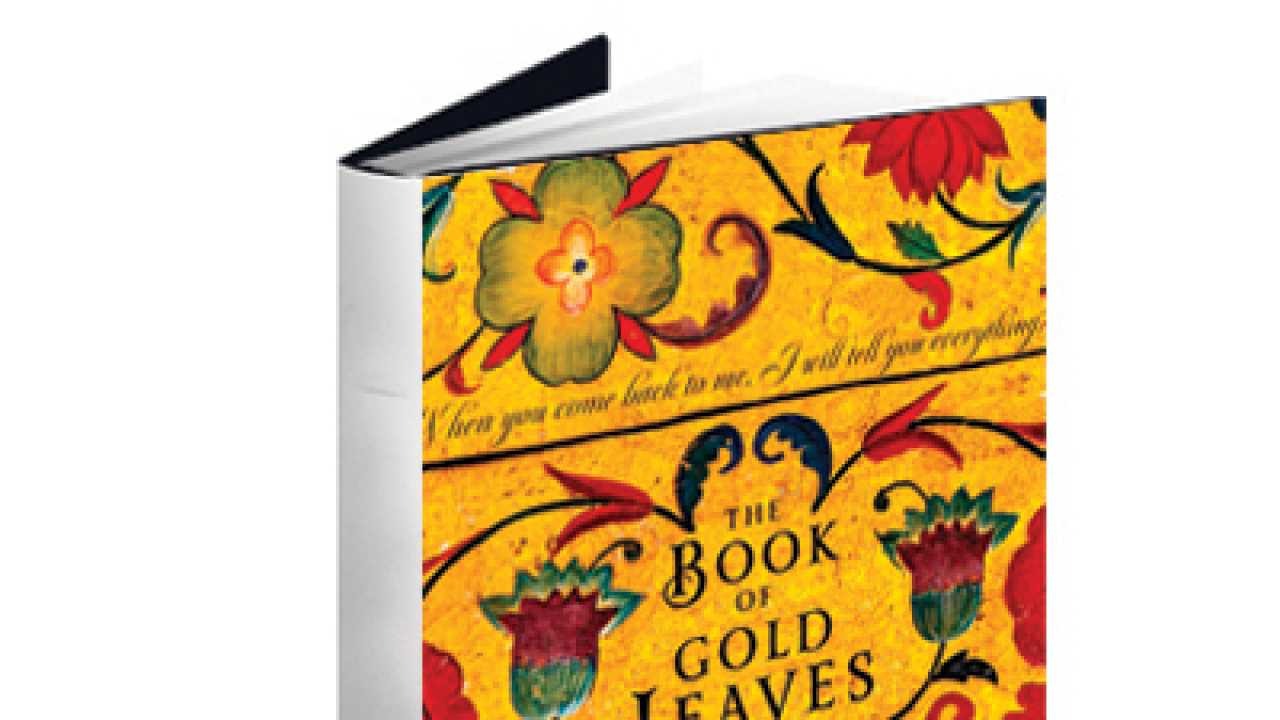
Book: The Book of Gold Leaves
Author: Mirza Waheed
Publisher: Penguin
Pages: 352
Price: Rs271
Ancient Greek drama had something called deus ex machina — a mechanical device that would appear suddenly at the end of a play, the manifestation of some divine force, and set everything magically right. The Zaal in The Book of Gold Leaves works in a somewhat similar fashion, except that it's not an agent of god but of evil, a diabolus ex machina whose appearance is the foreboder of tragedy.
It appears suddenly one day on the streets of downtown Srinagar, "a beast of dust" speeding through the narrow streets, grabbing hapless folks, lifting them and depositing them somewhere inside. What was it, this fantastical machine, described, like some horrid creature of myth, in terms of its sinister parts — "its nose hound shaped", "a green net, shaped like a garden-swing with a dark rubber exterior, (which) opens out from the body of the vehicle, swings down in the same motion", "jaw-like grip", and so on.
"I invented it," says Mirza Waheed, "but it is based on what happened in the 1990s. We had vehicles that would patrol the cities and countryside and they'd take away boys. I remember we used to shudder at the sight of these vehicles. One of these was called, in local parlance, a one tonne...Then there were the Gypsys. They'd run down a street, there'd be men hanging by the doors and they'd literally go grabbing."
The Zaal, in the novel, is an embodiment of the terror and violence that rises up by degrees, laying siege to and devastating the world of the novel. The army, Waheed says, was sent to crush a rebellion, in the process they crushed not just the militancy but also a lot of innocent lives.
Mirza Zafar Ali, the venerable brother of Faiz, Waheed's hero, is injured by the Zaal; he'd been on his way to see the doctor for heartburn. But others are worse affected. Fatima and her young students die when a soldier, replying to a rocket attack by militants, keeps firing his machine gun even when he sees their minibus approach; and Shanta Koul, principal of a government girls school whose building is taken over, "temporarily".
Waheed's imagination extends also to the other side. His Major Sumit Kumar, transported from his humdrum life in army cantonments into the razor's edge of downtown Srinagar, where he's looked upon with suspicion and hated, is a sensitive, nuanced portrait of how war corrupts.
And then, of course, are the novel's two lovers — Faiz, the papier-mâché artist whose mind remains on his masterpiece Falaknuma even when he's learning to take apart and oil Kalashnikovs in a training centre somewhere in Pakistan-Occupied Kashmir, and Roohi, dutiful, romantic, beautiful with her long, Rapunzel-like locks — who come so close and yet remain so far from "happily ever after".
Waheed's second novel may not be as searing as his first, The Collaborator, but does capture the rich tragedy of a diverse, culturally-rich society slowly turning on itself in the face of a never-ending, all-pervasive, senseless cycle of violence.
gargi.gupta@dnaindia.net; @togargi